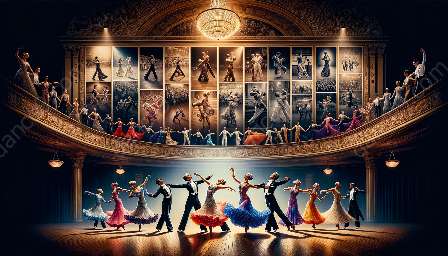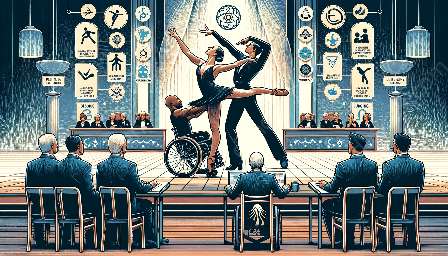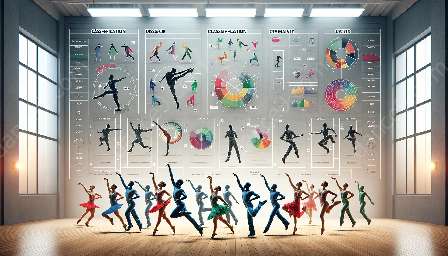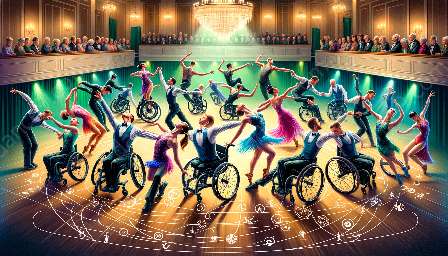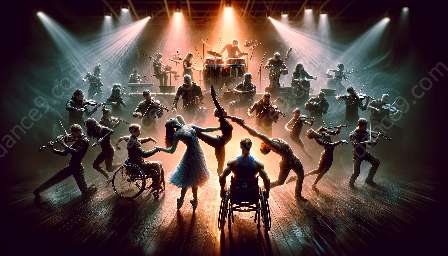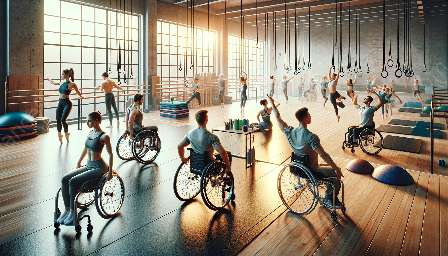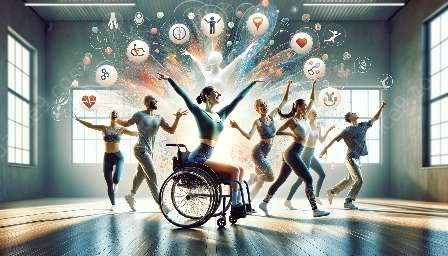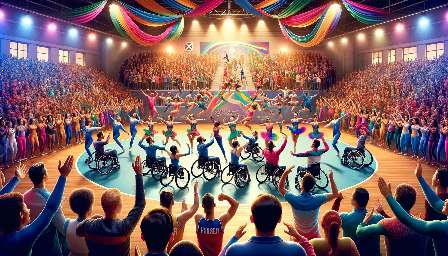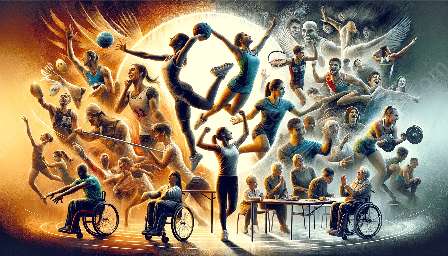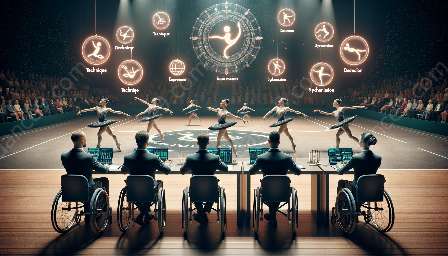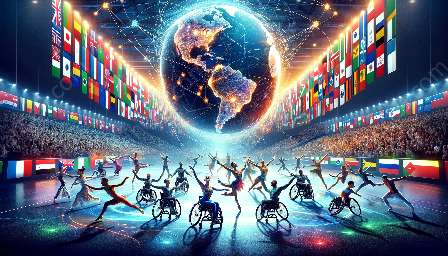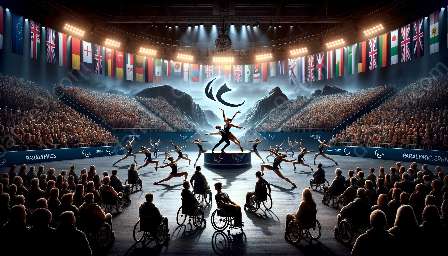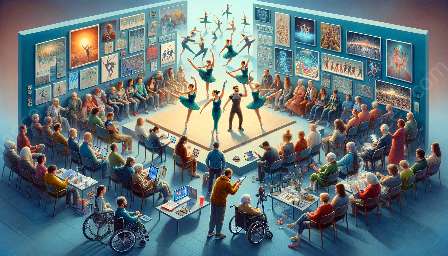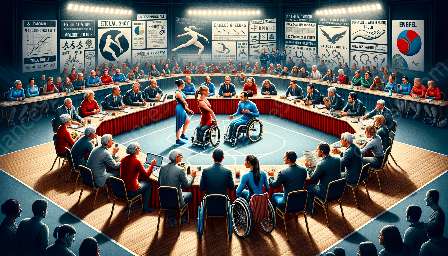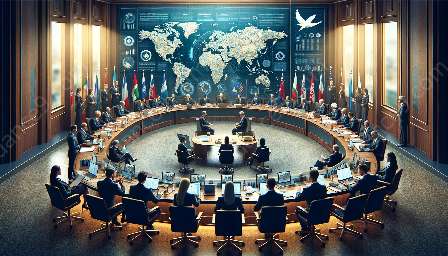Para dance sport, also known as wheelchair dance sport, has seen a significant rise in popularity and recognition in recent years. Athletes engage in various dance styles, showcasing their skills and artistic expression on the dance floor. As with any competitive sport, training and conditioning play a crucial role in preparing para dancers for the challenges they will face in competitions, such as the World Para Dance Sport Championships. In this context, the role of technology in para dance sport training has become increasingly relevant, offering innovative solutions to enhance performance, improve training methods, and support the overall development of athletes.
Understanding Para Dance Sport
Para dance sport is a unique and inclusive sport that allows individuals with different physical impairments to participate and compete at various levels. Athletes are classified based on their impairments, with separate categories for wheelchair dancers and standing dancers. The sport encompasses a wide range of dance styles, including Latin, ballroom, and freestyle, each requiring a high level of technical skill, coordination, and artistry.
The Importance of Training and Conditioning
Training and conditioning are essential components of para dance sport preparation. Athletes focus on building strength, flexibility, endurance, and coordination to perform intricate dance sequences and routines. The physical and mental demands of para dance sport require a comprehensive training regimen that addresses both the technical aspects of dance and the physical requirements of the sport. Moreover, effective training and conditioning can significantly contribute to injury prevention and long-term performance sustainability.
Role of Technology in Training and Conditioning
The integration of technology in para dance sport training has opened up new possibilities for athletes and coaches. From motion tracking and analysis to virtual reality simulations, technology offers personalized feedback, performance metrics, and training insights that can enhance the training experience and overall performance. For example, motion capture technology allows coaches and athletes to analyze movement patterns, identify areas for improvement, and develop targeted training programs. Virtual reality simulations provide a platform for dancers to practice routines in immersive environments, improving spatial awareness and artistic expression.
Compatibility with Training and Conditioning
Technology in para dance sport training aligns with the principles of effective training and conditioning. By utilizing technological tools and platforms, athletes can access specialized training programs, monitor their progress, and receive real-time feedback to refine their skills. Coaches can leverage technology to design customized training regimens, track performance metrics, and optimize training sessions to address individual needs and goals. The compatibility of technology with training and conditioning enables a holistic approach to athlete development, integrating technical, physical, and artistic elements of para dance sport.
Impact on World Para Dance Sport Championships
The impact of technology in para dance sport training extends to its influence on the World Para Dance Sport Championships. Athletes who incorporate technology into their training programs and preparations gain a competitive edge by refining their skills, enhancing their performance, and adapting to the evolving nature of the sport. Furthermore, technology facilitates remote coaching, collaborative training environments, and international skill exchanges, allowing athletes to engage in cross-cultural learning experiences and compete at the highest levels of para dance sport.
Conclusion
The role of technology in para dance sport training is instrumental in shaping the future of the sport. By embracing technological advancements, athletes and coaches can create innovative training methodologies, optimize performance capabilities, and elevate the standards of para dance sport. As the sport continues to evolve, the integration of technology will play a pivotal role in enhancing training and conditioning practices, ultimately contributing to the success of athletes at the World Para Dance Sport Championships and beyond.

